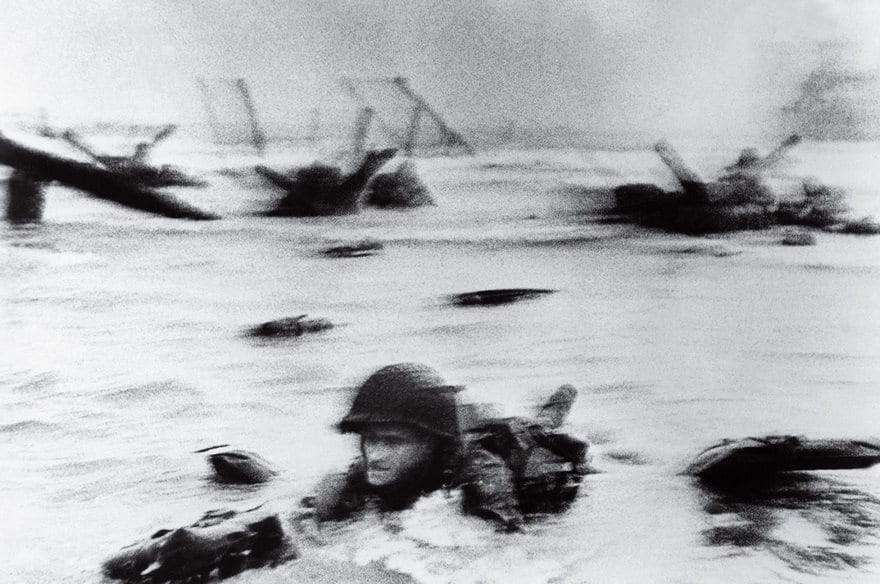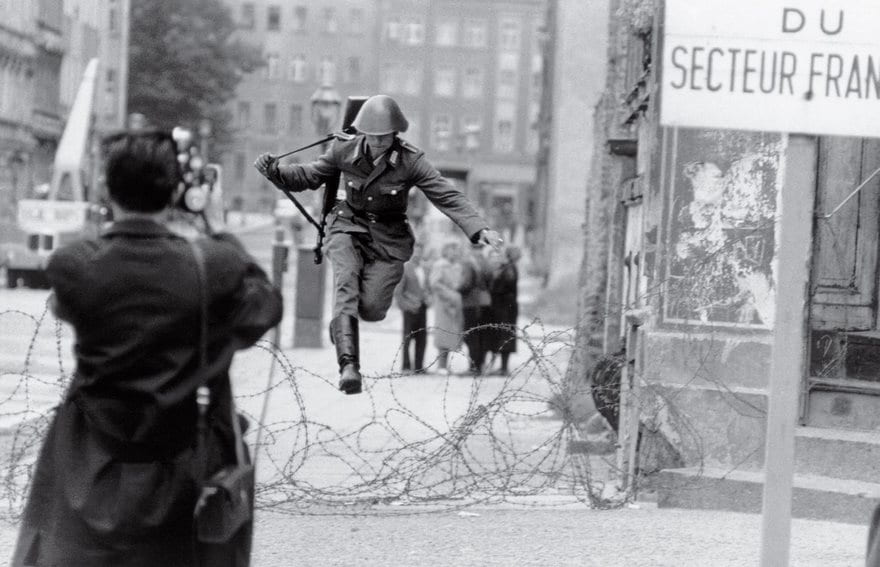
The Situation Room, Pete Souza, 2011 Official White House photographers document Presidents at play and at work, on the phone with world leaders and presiding over oval Office meetings. But sometimes the unique access allows them to capture watershed moments that become our collective memory. On May 1, 2011, Pete Souza was inside the Situation Room as U.S. forces raided Osama bin Laden’s Pakistan compound and killed the terrorist leader. Yet Souza’s picture includes neither the raid nor bin Laden. Instead, he captured those watching the secret operation in real time. President Barack Obama made the decision to launch the attack, but like everyone else in the room, he is a mere spectator to its execution. He stares, brow furrowed, at the raid unfolding on monitors. Secretary of State Hillary Clinton covers her mouth, waiting to see its outcome. In a national address that evening from the White House, Obama announced that bin Laden had been killed. Photographs of the dead body have never been released, leaving Souza’s photo and the tension it captured as the only public image of the moment the war on terror notched its most important victory. I chose this picture because it was the day America got revenge on a devastating attack, 10 years later.

D-Day, Robert Capa, 1944 It was the invasion to save civilization, and LIFE’s Robert Capa was there, the only still photographer to wade with the 34,250 troops onto Omaha Beach during the D-Day landing. His photographs—infused with jarring movement from the center of that brutal assault—gave the public an American soldier’s view of the dangers of war. The soldier in this case was Private First-Class Huston Riley, who after the Nazis shelled his landing craft jumped into water so deep that he had to walk along the bottom until he could hold his breath no more. When he activated his Navy M-26 belt life preservers and floated to the surface, Riley became a target for the guns and artillery shells mowing down his comrades. Struck several times, the 22-year-old soldier took about half an hour to reach the Normandy shore. Capa took this photo of him in the surf and then with the assistance of a sergeant helped Riley, who later recalled thinking, “What the hell is this guy doing here? I can’t believe it. Here’s a cameraman on the shore.” Capa spent an hour and a half under fire as men around him died. A courier then transported his four rolls of film to LIFE’s London offices, and the magazine’s general manager stopped the presses to get them into the June 19 issue. Most of the film, though, showed no images after processing, and only some frames survived. The remaining images have a grainy, blurry look that gives them the frenetic feel of action, a quality that has come to define our collective memory of that epic clash. I decided to choose this picture to show how stressful and painful war really is, and D-Day signifies that well.

Leap Into Freedom, Peter Leibing, 1961 Following World War II, the conquering Allied governments carved Berlin into four occupation zones. Yet each part was not equal, and from 1949 to 1961 some 2.5 million East Germans fled the Soviet section in search of freedom. To stop the flow, East German leader Walter Ulbricht had a barbed-wire-and-cinder-block barrier thrown up in early August 1961. A few days later, Associated Press photographer Peter Leibing was tipped off that a defection might happen. He and other cameramen gathered and watched as a West Berlin crowd enticed 19-year-old border guard Hans Conrad Schumann, yelling to him, “Come on over!” Schumann, who later said he did not want to “live enclosed,” suddenly ran for the barricade. As he cleared the sharp wires, he dropped his rifle and was whisked away. Sent out across the AP wire, Leibing’s photo ran on front pages across the world. It made Schumann, reportedly the first known East German soldier to flee, into a poster child for those yearning to be free, while lending urgency to East Germany’s push for a more permanent Berlin Wall. Schumann was sadly haunted by the weight of it all. While he quietly lived in the West, he could not grapple with his unintended stature as a symbol of freedom, and he committed suicide in 1998. I chose this image because it showed that when divided, some will search for freedom and turn to the other side. even for those who serve on those sides will switch for freedom.